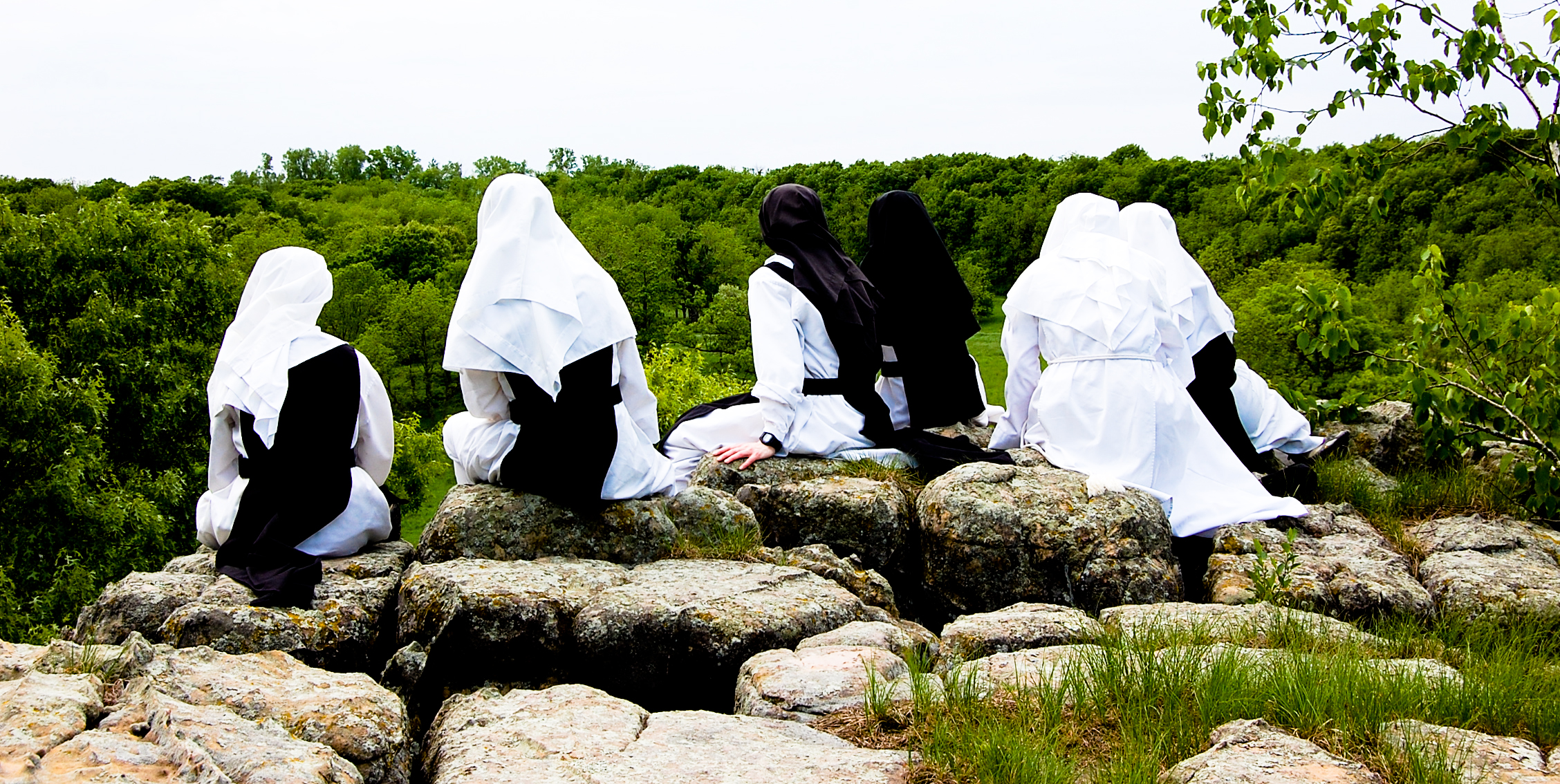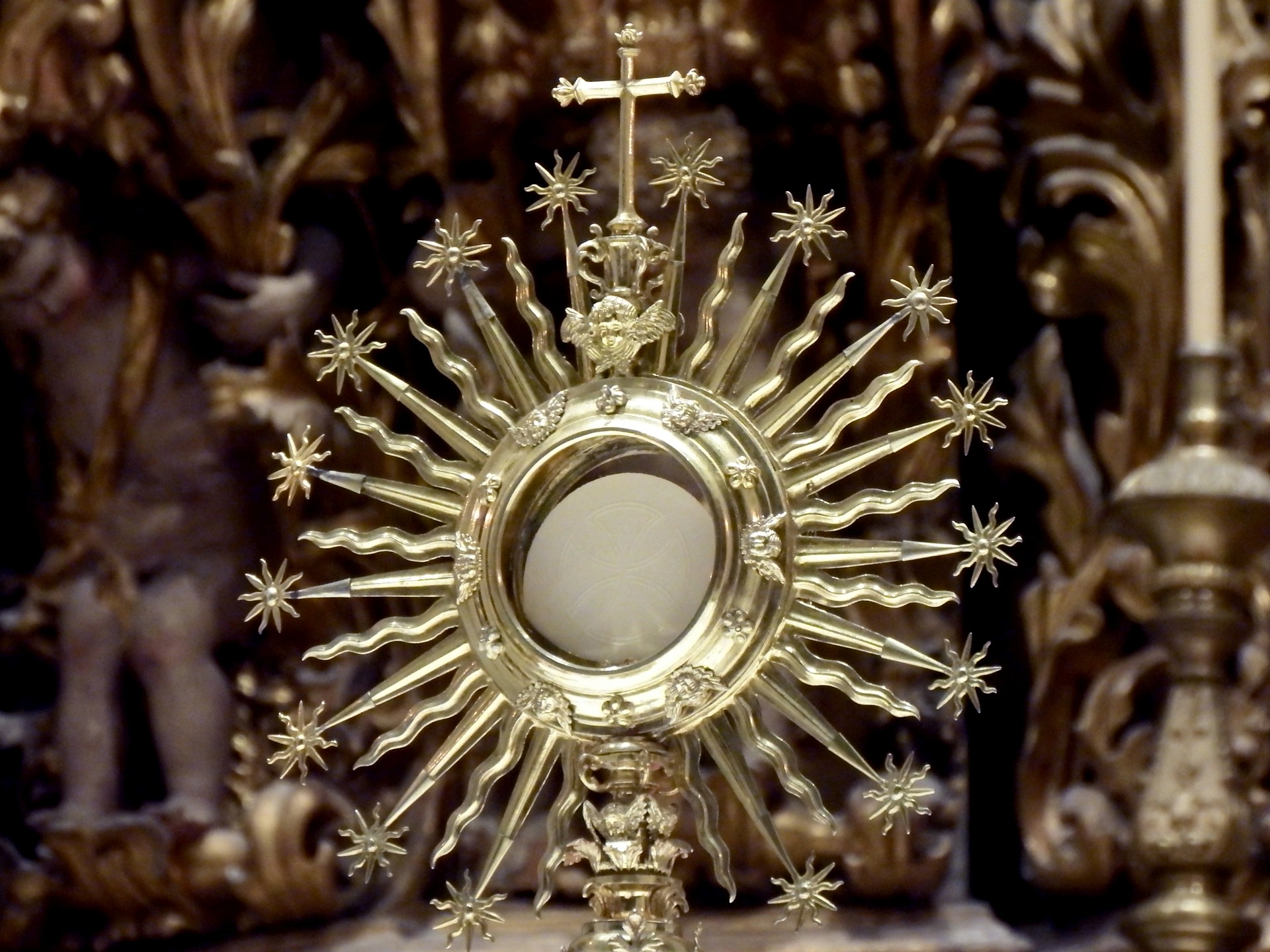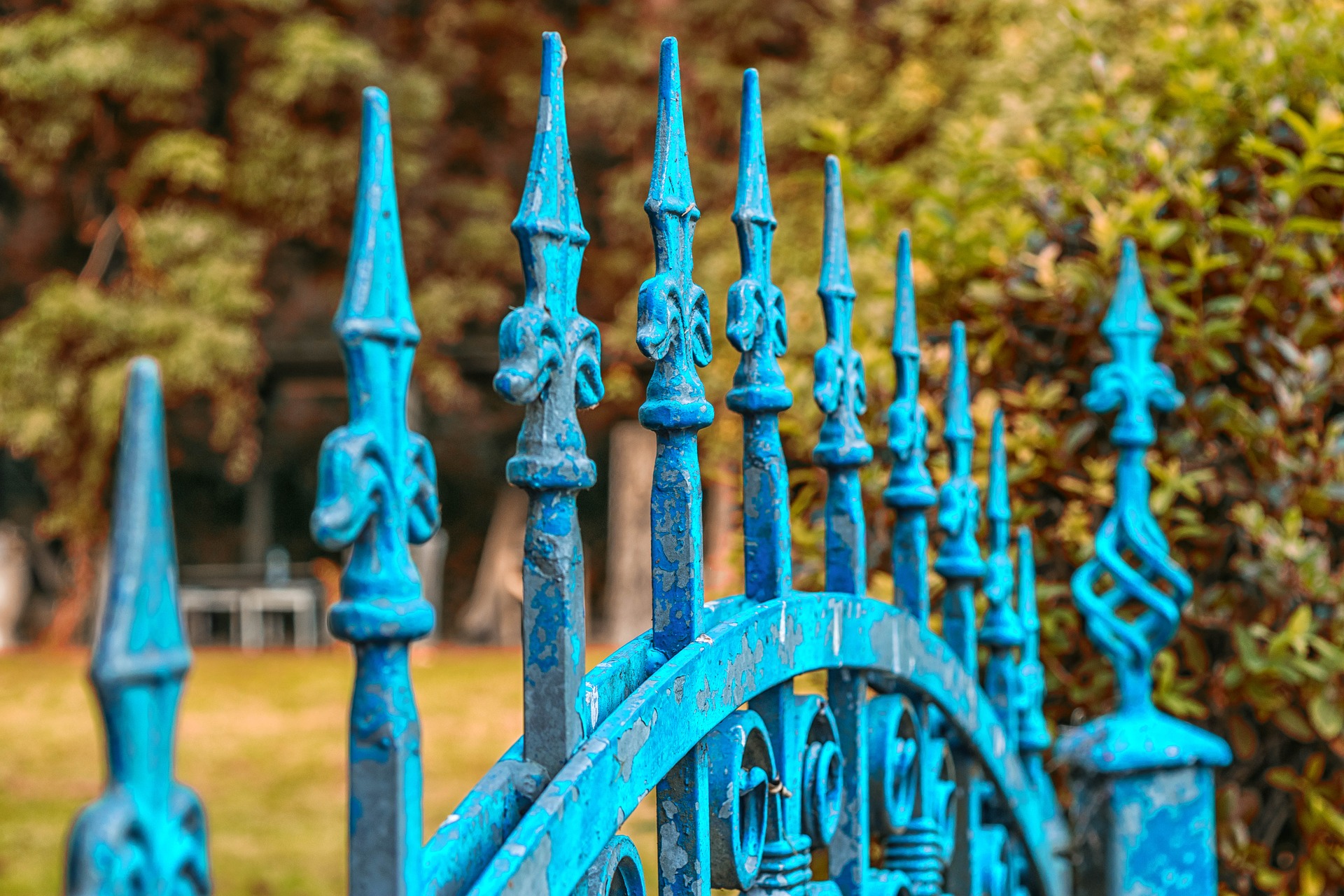“It is only by saying with utter trust, ‘Here I am!’ that one can enter into the mystery.”

“Come,” says my heart, “seek his face”;
your face, LORD, do I seek!
-Psalm 27:8
The Courage to Listen
It's an experience known to many young Catholic women who have truly encountered the love of Jesus. One moment you were just living your life. The next moment, a game-changing question flashed through your mind: what if I'm called to be a nun? The experience may have been peaceful and intimate. It may have been violent and panic-inducing. But chances are, if you're reading this, you know exactly what I'm talking about.
So now what do you do?
First, just breathe. You're not the first person to try to figure out this question. Your vocation is not a Rubik's Cube you need to solve. It's not a dragon you need to slay. It's not an enchanted labyrinth you need to escape.
It's the unrepeatable love story God wrote for you in that eternal moment when he had the brilliant idea to create you. He's been waiting your whole life to tell you this story. All you have to do is listen.
“In the silence of the heart God speaks. If you face God in prayer and silence, God will speak to you.”
Discernment Step 1: Pray & Learn
Since the main goal of discerning your vocation is to listen to God, you need to create conditions in your life that make it easier for you to hear Him. Here are some things that have helped many young women hear that still, small voice:
- Make time - Set aside a season to discern, at least six months if not a year.
- Make silence - Dedicate at least 20 minutes to prayer every day.
- Make space - Discerning is like dating God. You wouldn't seriously date two men at once, so having a boyfriend during this time is going to get confusing real fast...
- Be with Jesus - Since the Eucharist is central to a consecrated vocation, go to daily Mass and Adoration whenever possible. You might also consider praying the Liturgy of the Hours, at least Morning or Evening Prayer.
- Get help - Try to find a spiritual director, a trusted priest or religious who can meet with you during your time of discernment. You could start by asking your parish priest. Even if he doesn't have the time or gifting to help you, he may be able to suggest someone who does.
- Seek understanding - Read and study about the consecrated vocation. There are many resources here to get you started. Attend retreats or talks that focus on discernment.

Discernment Step 2: Write
If you've used our Cloister Search to browse monasteries, you may have noticed something: nuns don't spend a lot of time on the internet. Many of them don't have email. They might not even have a website. Limiting their use of technology is a way many nuns have chosen to keep their hearts free for God alone. That's really great for them, but kind of hard for you.
You may have to write the nuns a letter. Yes, a handwritten letter with a stamp sent through the Post Office. You may have to write "Dear Reverend Mother Abbess" or something equally scary and explain that you are drawn to cloistered life and you want to learn more about their community. Now, many nuns do have email or a website contact form. That's a perfectly legitimate way to contact them. But not all do. At some point, if you're serious about cloistered life, you'll probably have to get out the pen and paper and write to some nuns.
“If a little flower could speak, it seems to me that it would tell us quite simply all that God has done for it.”

“Christ does not force our will, He only takes what we give Him. But He does not give Himself entirely until He sees that we yield ourselves entirely to Him.”
Discernment Step 3: Visit
We all have pictures in our minds of what cloistered monasteries are like. We imagine the crypt where the Von Trapps hid from the Nazis in The Sound of Music, or the infirmary where St. Thérèse died of tuberculosis, or the rock that St. Clare used for a pillow. Cloistered nuns would laugh at most of our ideas of what the cloister is like.
When your discernment of contemplative life becomes serious, it's important to visit an actual monastery. If possible, visit two or three monasteries, since each monastery is like a family with its own quirks and customs.
In visiting, you might meet with another of the special challenges of discerning cloistered life. Monasteries that live a strict papal cloister may not allow you inside the enclosure, even for a visit, until you apply to enter and are accepted as a postulant. Such communities usually have a guest room attached to the monastery where you can stay. You can listen to them pray, you can talk to a sister at the parlor grille, but you can't see what it's like on the inside.
Again, that's really great for the nuns, but kind of hard for you. It requires a lot of trust. Don't be afraid. If Jesus is really calling you, he will help you to know when you're called to enter that hidden life on the other side of the cloister wall.









The rising bell sounds throughout the dormitory cloisters at 3:30 AM, and the monastery day has begun. Sister Maria, not gifted with the charism of early rising, dresses with heavy eyes but devout heart.